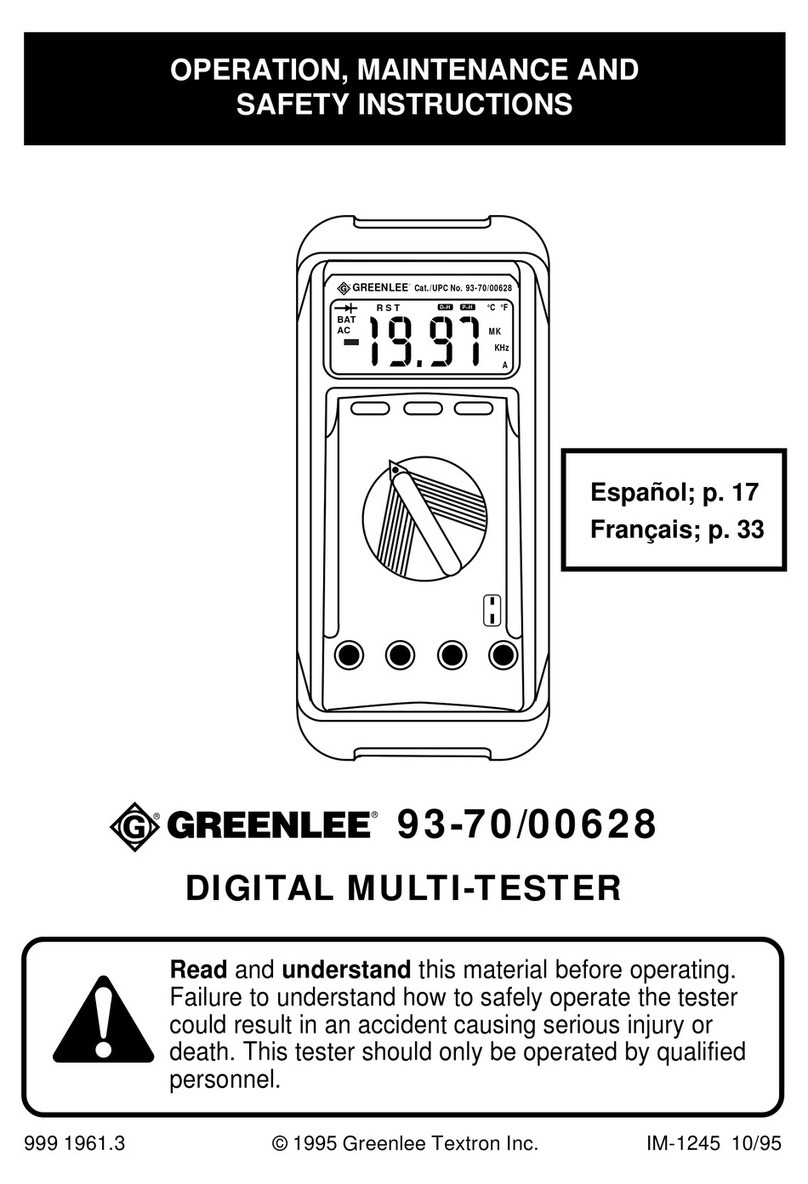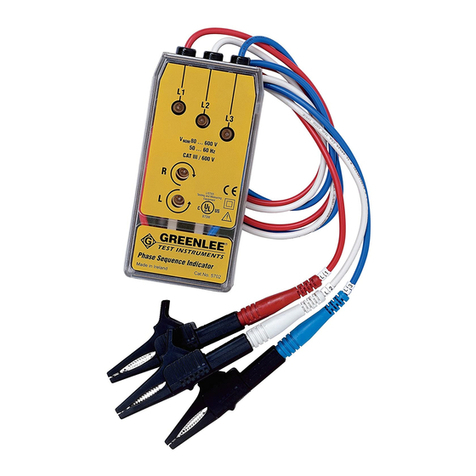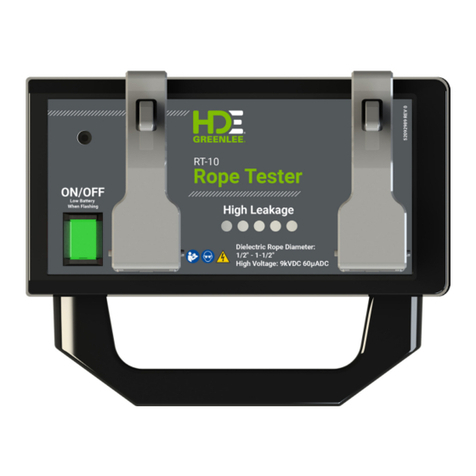Greenlee HRCG-300 User manual
Other Greenlee Test Equipment manuals

Greenlee
Greenlee 45058 User manual

Greenlee
Greenlee 200fp User manual
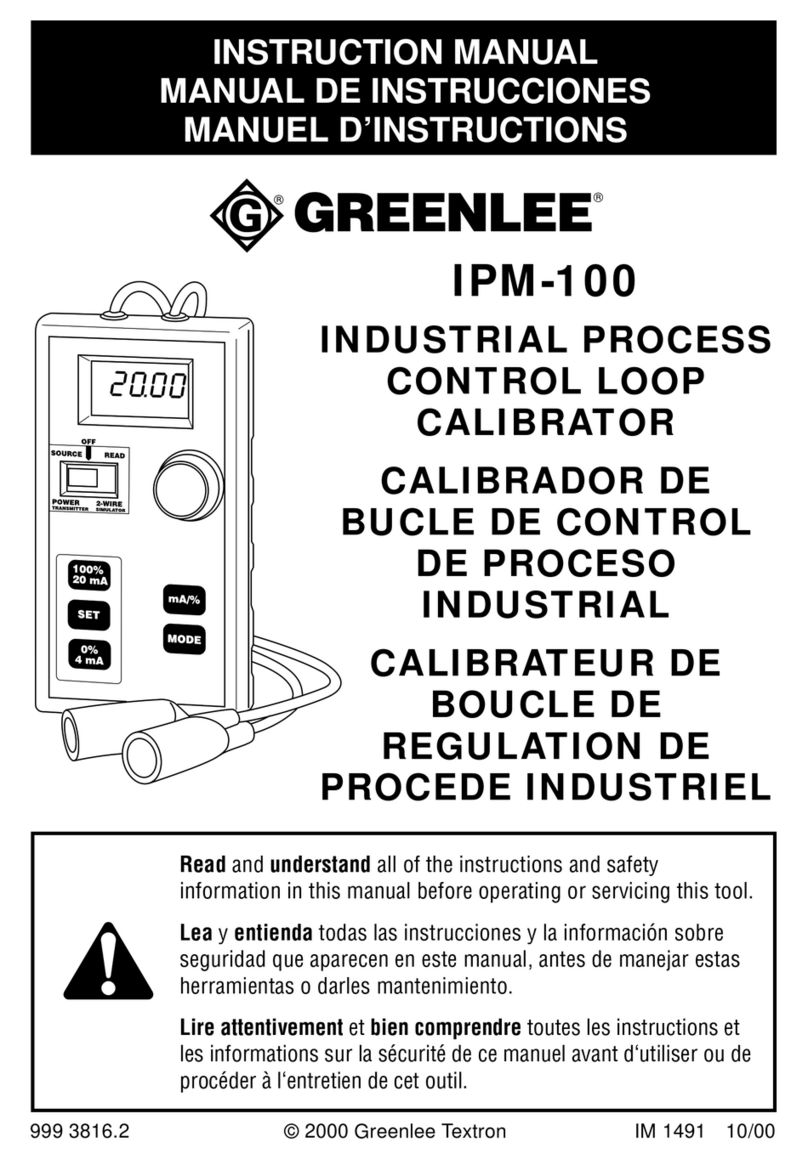
Greenlee
Greenlee IPM-100 User manual
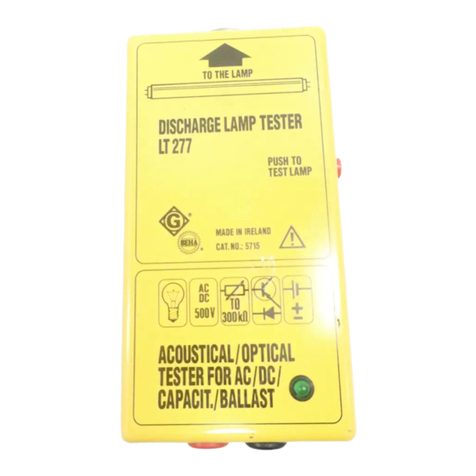
Greenlee
Greenlee 5715 User manual
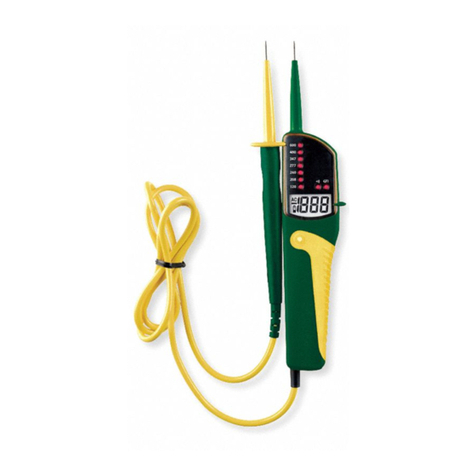
Greenlee
Greenlee DVC-6 User manual
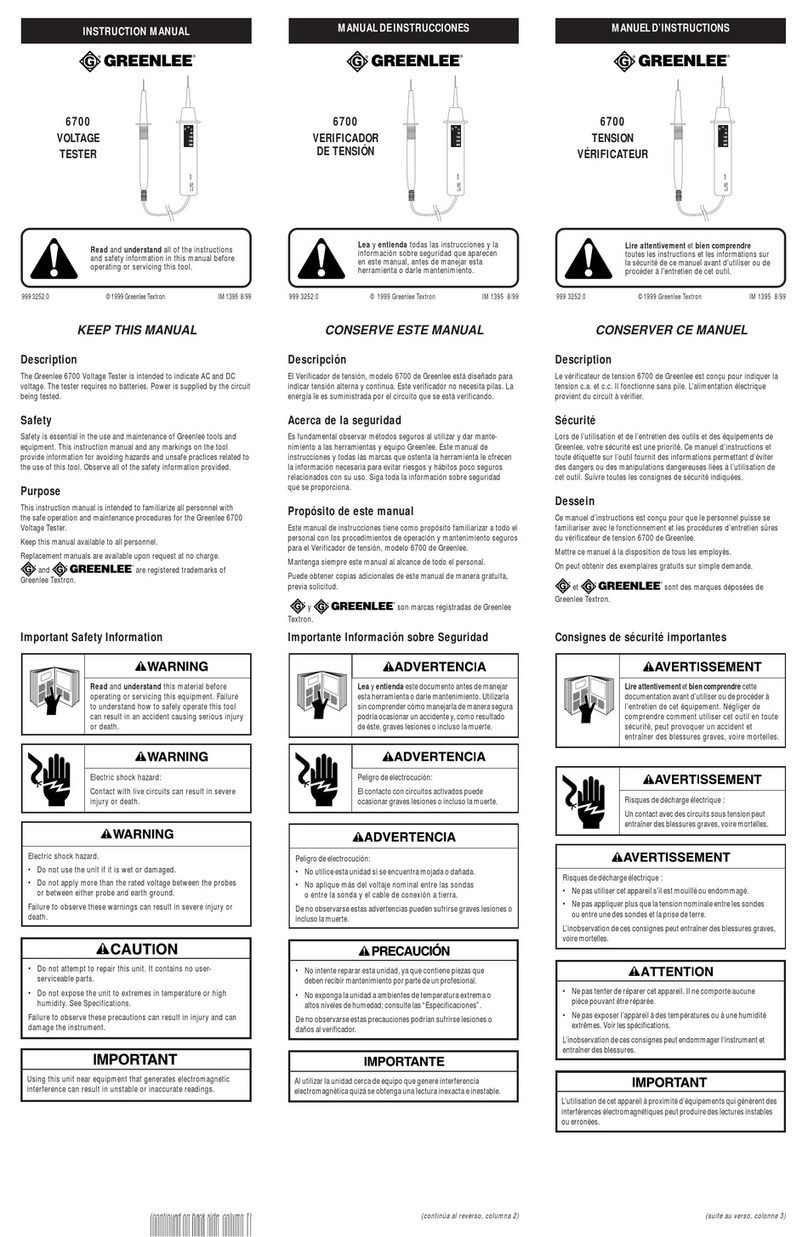
Greenlee
Greenlee 6700 User manual
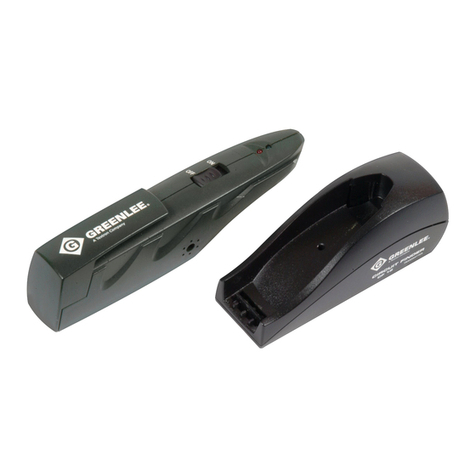
Greenlee
Greenlee CS-2072 User manual
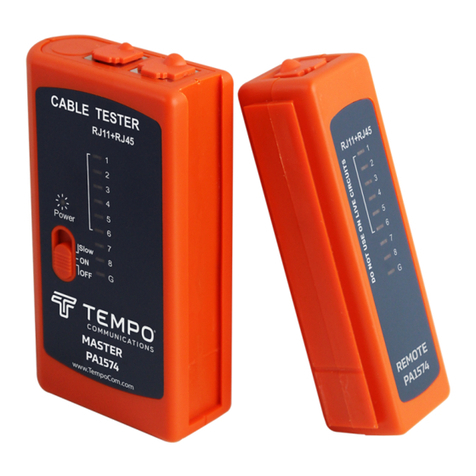
Greenlee
Greenlee PA1574 User manual
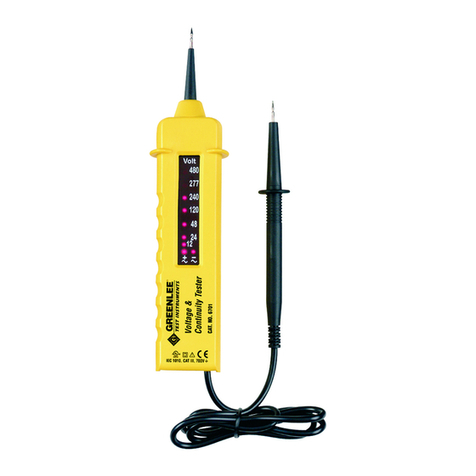
Greenlee
Greenlee 6701 User manual
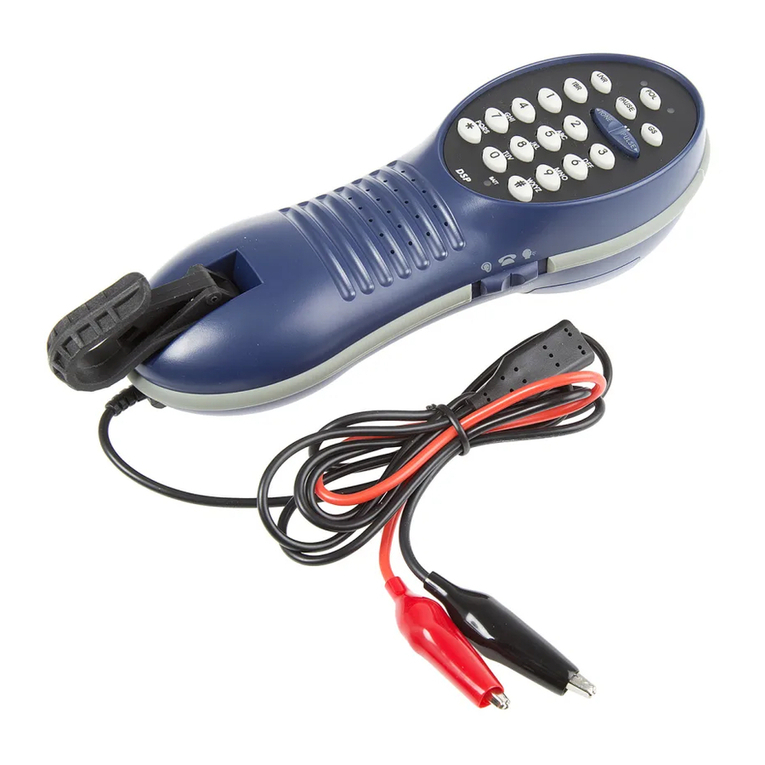
Greenlee
Greenlee Compact DSP User manual

Greenlee
Greenlee TC1S User manual

Greenlee
Greenlee 5715 User manual
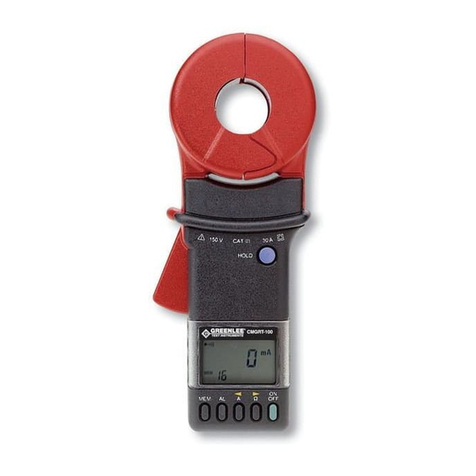
Greenlee
Greenlee CMGRT-100 User manual
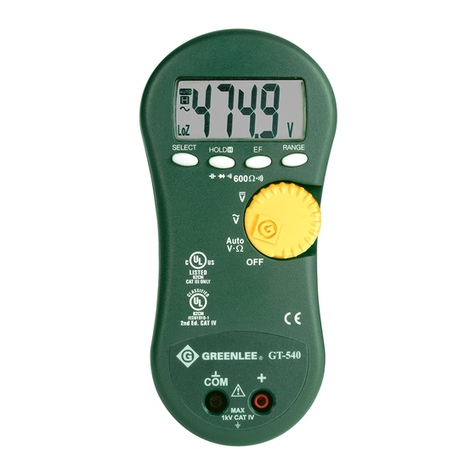
Greenlee
Greenlee GT-540 User manual
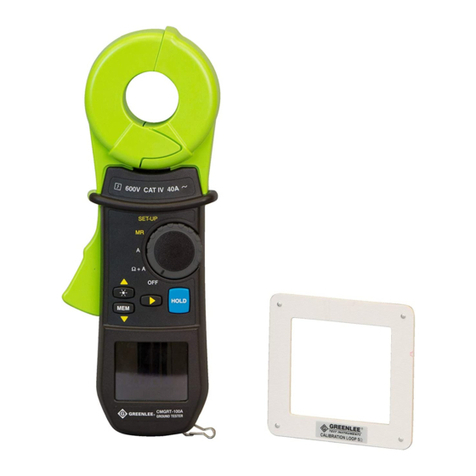
Greenlee
Greenlee CMGRT-100A User manual

Greenlee
Greenlee 200XP User manual
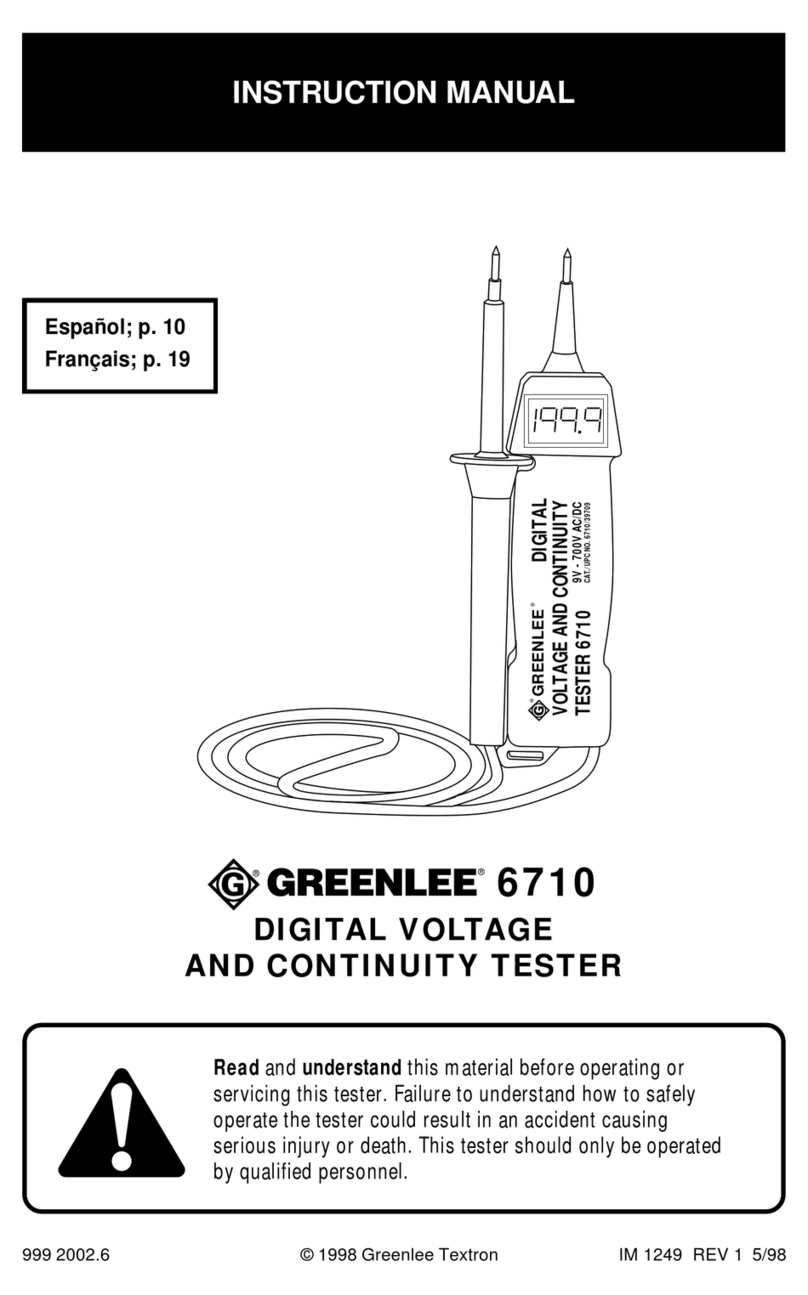
Greenlee
Greenlee 6710 User manual

Greenlee
Greenlee 45081 User manual
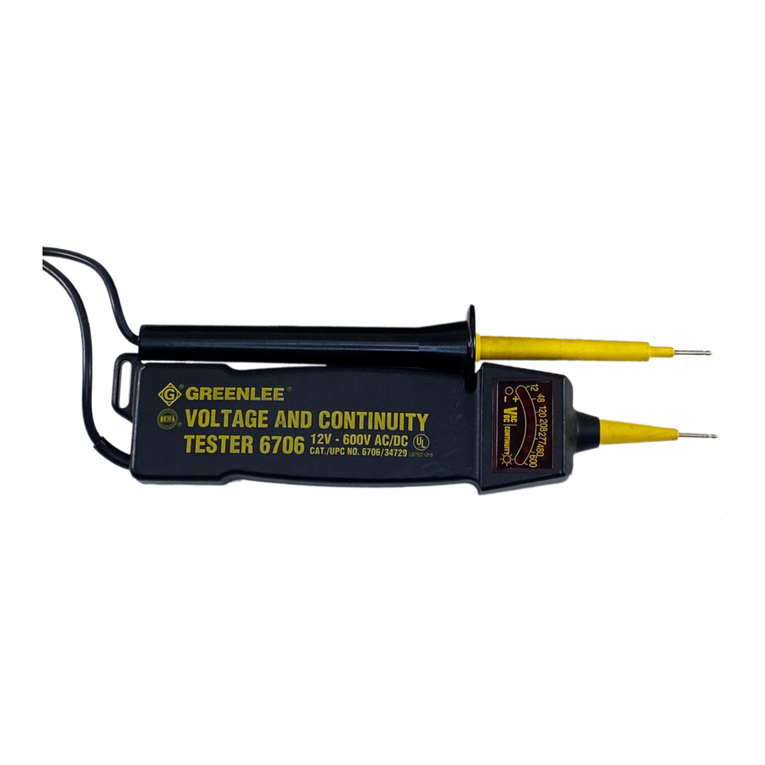
Greenlee
Greenlee 6706 User manual
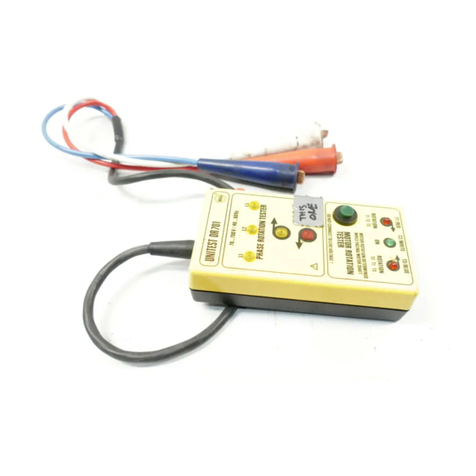
Greenlee
Greenlee 5774 User manual
Popular Test Equipment manuals by other brands

Redtech
Redtech TRAILERteck T05 user manual

Venmar
Venmar AVS Constructo 1.0 HRV user guide

Test Instrument Solutions
Test Instrument Solutions SafetyPAT operating manual

Hanna Instruments
Hanna Instruments HI 38078 instruction manual

Kistler
Kistler 5495C Series instruction manual

Waygate Technologies
Waygate Technologies DM5E Basic quick start guide

StoneL
StoneL DeviceNet CK464002A manual

Seica
Seica RAPID 220 Site preparation guide

Kingfisher
Kingfisher KI7400 Series Training manual

Kurth Electronic
Kurth Electronic CCTS-03 operating manual

SMART
SMART KANAAD SBT XTREME 3G Series user manual

Agilent Technologies
Agilent Technologies BERT Serial Getting started
